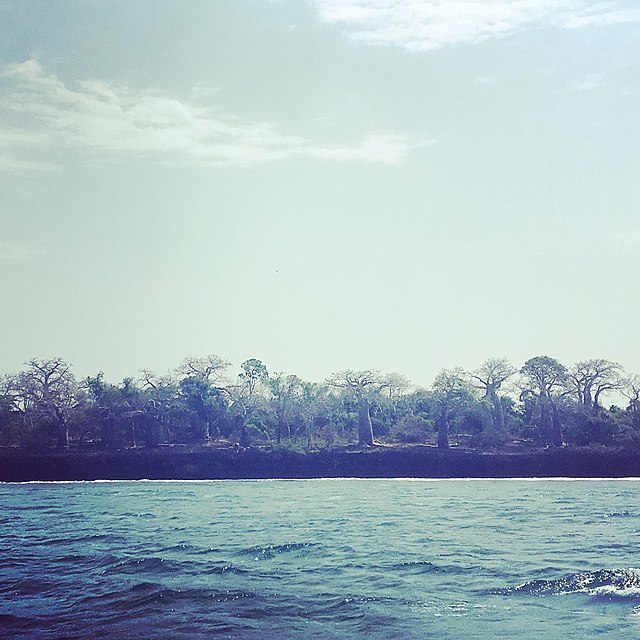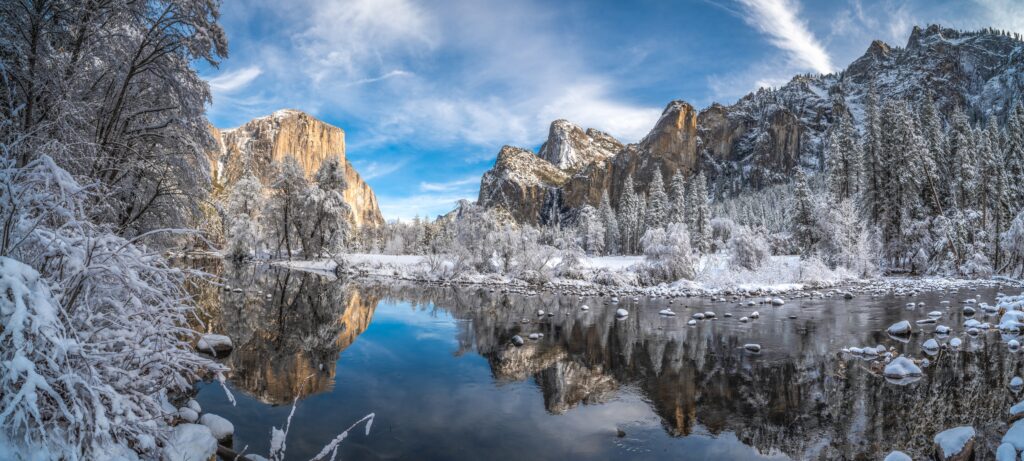
Kisite-Mpunguti Marine National Park, located off the southern coast of Kenya, is a breathtaking marine sanctuary that showcases the country’s rich biodiversity and stunning natural beauty. Established in 1973, the park spans an area of approximately 28 square kilometers and is part of the larger Kisite Marine National Reserve. This marine paradise is known for its vibrant coral reefs, abundant marine life, and pristine beaches, making it a must-visit destination for nature lovers, adventure seekers, and conservation enthusiasts.
Geographic Location and Accessibility
Kisite-Mpunguti Marine National Park is situated about 8 kilometers off the southern coast of Kenya, near the town of Shimoni. The park is accessible via boat from several coastal towns, including Shimoni, Wasini Island, and Diani Beach. The journey to the park is part of the adventure, as visitors are often greeted by stunning views of the Indian Ocean and the surrounding landscape.
The park consists of two main areas: Kisite Island and Mpunguti Island. Kisite Island is renowned for its crystal-clear waters and beautiful beaches, while Mpunguti Island features rocky outcrops and lush vegetation. Together, these islands form a diverse ecosystem that supports a wide variety of marine species.
Biodiversity and Marine Life
Kisite-Mpunguti Marine National Park is home to an impressive array of marine life, making it one of the richest marine ecosystems in the region. The park is a critical habitat for over 250 species of fish, including parrotfish, angelfish, and snapper. The coral reefs, which cover approximately 14% of the park’s area, provide essential shelter and feeding grounds for these fish.
The park is also known for its population of sea turtles, including the endangered hawksbill and green turtles. Visitors have the unique opportunity to observe these magnificent creatures as they swim and nest along the shores. Additionally, the park is a significant breeding ground for various species of dolphins, which can often be spotted frolicking in the waters.
Beyond fish and turtles, the marine park is home to other fascinating creatures such as sea urchins, starfish, and numerous species of crustaceans. The diverse habitats within the park, including mangroves, seagrass beds, and coral reefs, support a wide range of marine and coastal wildlife.
Coral Reefs: Nature’s Underwater Gardens
One of the main attractions of Kisite-Mpunguti Marine National Park is its spectacular coral reefs. These reefs are often referred to as “nature’s underwater gardens” due to their vibrant colors and intricate formations. The park’s reefs are primarily composed of hard corals, which provide essential habitats for various marine species.
Snorkeling and diving in the park offer an unforgettable experience as visitors can explore the stunning underwater landscapes teeming with life. The clear waters, with visibility often exceeding 20 meters, allow for incredible views of the coral formations and the diverse marine inhabitants that call this ecosystem home.
The reefs not only support marine life but also play a crucial role in coastal protection by acting as natural barriers against wave action and erosion. They help maintain the health of the marine ecosystem, making conservation efforts in the park all the more vital.
Conservation Efforts and Challenges
Despite its beauty and ecological significance, Kisite-Mpunguti Marine National Park faces several challenges that threaten its delicate ecosystem. Overfishing, coral bleaching, pollution, and climate change are among the primary concerns affecting the park’s marine life.
To combat these threats, various conservation initiatives have been implemented. The Kenya Wildlife Service (KWS) manages the park, working in collaboration with local communities, non-governmental organizations, and international partners to promote sustainable practices and protect marine biodiversity.
Education and awareness programs are also vital components of these conservation efforts. By engaging local communities and visitors in conservation activities, the park aims to foster a sense of stewardship for its natural resources.
Activities and Experiences
Kisite-Mpunguti Marine National Park offers a range of activities for visitors, ensuring that there’s something for everyone. Here are some of the top experiences to enjoy during a visit:
1. Snorkeling and Diving
The clear waters of the park make it an ideal location for snorkeling and diving. Numerous dive operators offer guided tours, allowing visitors to explore the vibrant coral reefs and encounter various marine species up close. Whether you’re a beginner or an experienced diver, the park has dive sites suitable for all skill levels.
2. Dolphin Watching
The waters surrounding Kisite-Mpunguti Marine National Park are known for their resident dolphin populations. Boat tours offer the chance to observe these playful creatures in their natural habitat. Early morning trips are particularly rewarding, as dolphins are often seen swimming and jumping alongside the boats.
3. Bird Watching
The islands within the park are also home to several bird species, making it a great destination for birdwatching. Visitors can spot seabirds, such as the white-tailed tropicbird and the red-billed tropicbird, as well as various migratory species that pass through the area.
4. Beach Relaxation
For those looking to unwind, the park’s pristine beaches provide the perfect setting. The soft sands and gentle waves create a tranquil atmosphere, ideal for sunbathing, picnicking, or simply enjoying the natural beauty of the surroundings.
5. Cultural Experiences
Visitors can also engage with the local communities, particularly those residing on Wasini Island. Cultural tours offer insights into the traditional lifestyles, customs, and crafts of the coastal people, enriching the overall experience.
Accommodations and Dining
While there are no accommodations within the park itself, several options are available in the nearby coastal towns and on Wasini Island. From budget-friendly lodges to luxurious resorts, visitors can find a range of choices to suit their preferences.
Dining options typically feature fresh seafood and traditional Swahili cuisine, allowing visitors to savor the flavors of the coast. Many establishments prioritize sustainable practices by sourcing ingredients locally and promoting eco-friendly dining experiences.
Best Time to Visit
The best time to visit Kisite-Mpunguti Marine National Park is during the dry season, which runs from June to October. During this period, the weather is generally warm and dry, offering ideal conditions for outdoor activities. Additionally, water visibility is typically at its best, enhancing snorkeling and diving experiences.
While the wet season (November to May) can bring occasional rainfall, it’s still possible to enjoy the park during this time. The lush landscape and fewer tourists can offer a unique perspective, though visitors should be prepared for variable weather conditions.
Conclusion
Kisite-Mpunguti Marine National Park is a true gem along Kenya’s coastline, offering an unparalleled opportunity to explore a vibrant marine ecosystem. With its rich biodiversity, stunning coral reefs, and commitment to conservation, the park is not only a destination for adventure and relaxation but also a testament to the importance of protecting our natural heritage.
Whether you’re an avid diver, a nature enthusiast, or someone seeking a peaceful escape, Kisite-Mpunguti Marine National Park promises an unforgettable experience. By visiting, you not only immerse yourself in the beauty of the marine environment but also contribute to the ongoing efforts to preserve this precious ecosystem for future generations. So pack your snorkeling gear, embark on a boat adventure, and prepare to be captivated by the wonders of Kisite-Mpunguti Marine National Park.
